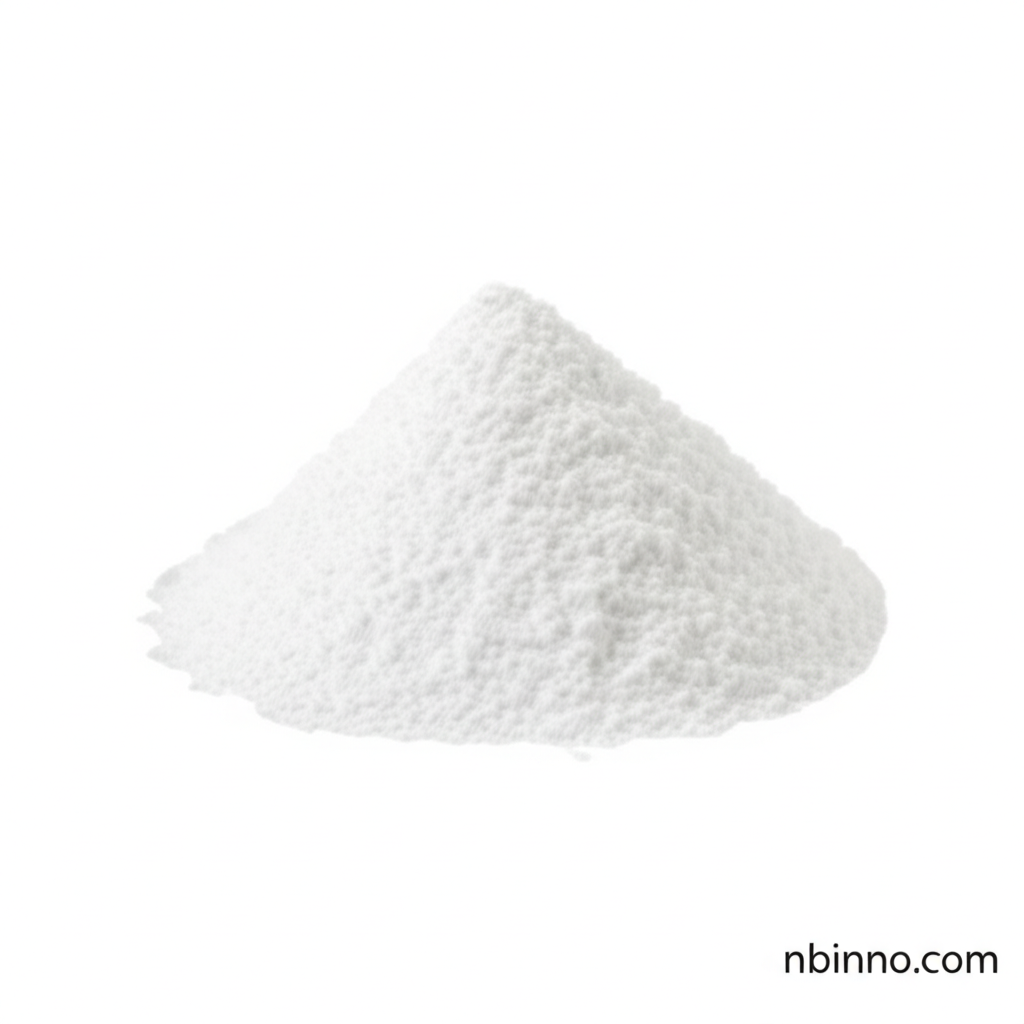Exploring the Potential of 3,3'-Diindolylmethane (DIM)
Discover the chemical properties, health benefits, and diverse applications of this vital compound.
Learn MoreUnveiling the Core Value of 3,3'-Diindolylmethane

3,3'-Diindolylmethane
This white crystalline powder, identified by CAS number 1968-05-4, is a key compound derived from cruciferous vegetables. Its chemical structure and properties make it a valuable pharmaceutical intermediate and a subject of significant interest in nutritional science for its potential health-promoting effects.
- Understanding the 3,3'-Diindolylmethane health benefits is crucial for its application in various health products.
- As a vital diindolylmethane pharmaceutical intermediate, it plays a role in synthesizing complex medicinal compounds.
- Research into DIM anticancer properties continues to explore its potential in cancer prevention and treatment.
- The 3,3'-Diindolylmethane nutritional uses are being investigated for their contribution to overall well-being.
Key Advantages You Can Expect
Diverse Applications
Leveraging its properties as a pharmaceutical intermediate, it supports the development of new therapeutic agents.
Natural Origin
Derived from cruciferous vegetables, it offers a natural pathway for health enhancement, aligning with the growing demand for natural products.
Research Focus
Its well-documented CAS 1968-05-4 applications in scientific research make it a valuable compound for laboratories studying cellular processes and disease mechanisms.
Key Applications
Pharmaceutical Development
As a crucial pharmaceutical intermediate, it is used in the synthesis of various active pharmaceutical ingredients (APIs), contributing to drug discovery and development.
Nutritional Science
Exploring the diindolylmethane nutritional uses highlights its potential as a dietary supplement, contributing to wellness and disease prevention.
Cancer Research
The DIM anticancer properties are a significant area of research, investigating its role in cell cycle regulation and apoptosis.
Chemical Synthesis
Its well-defined chemical properties make it a useful building block in complex organic synthesis, supporting various research endeavors.
